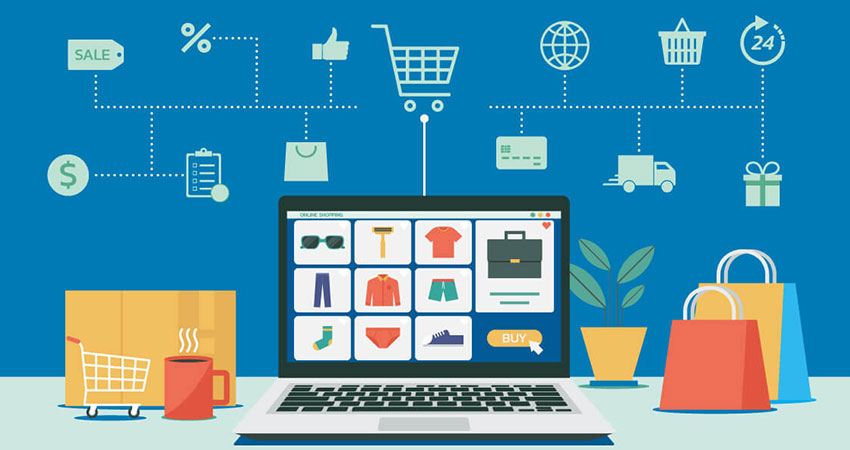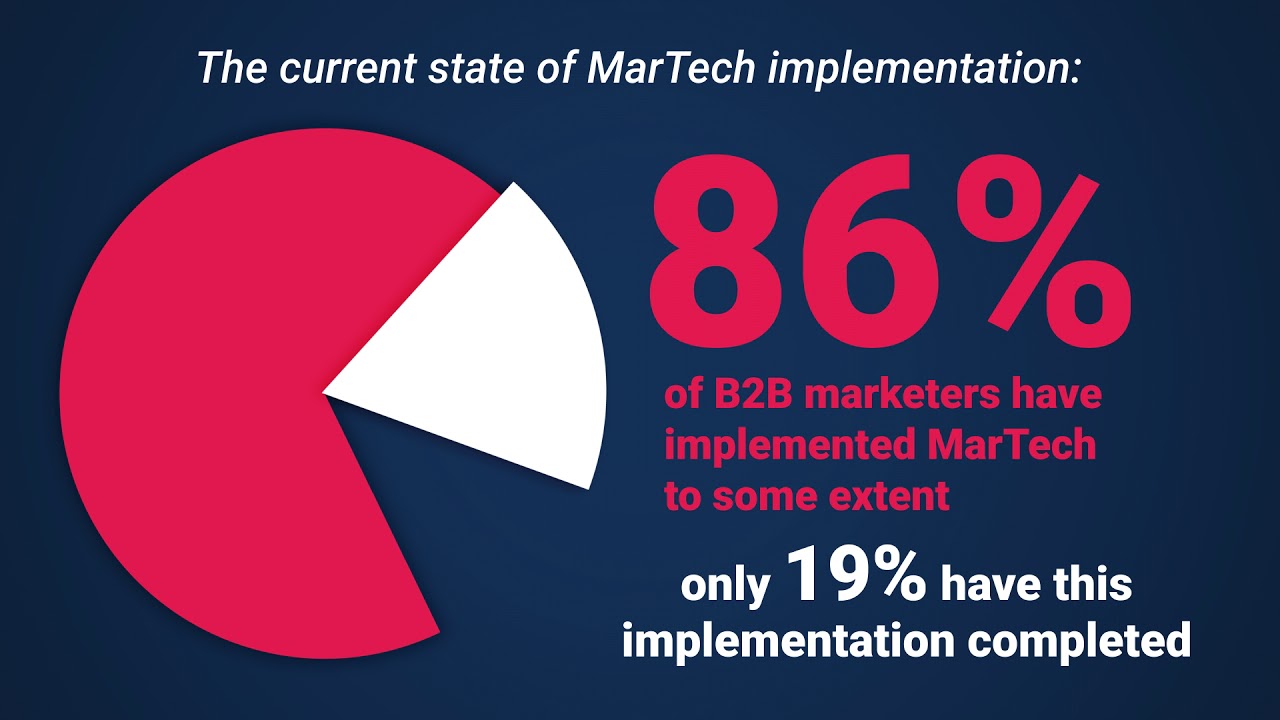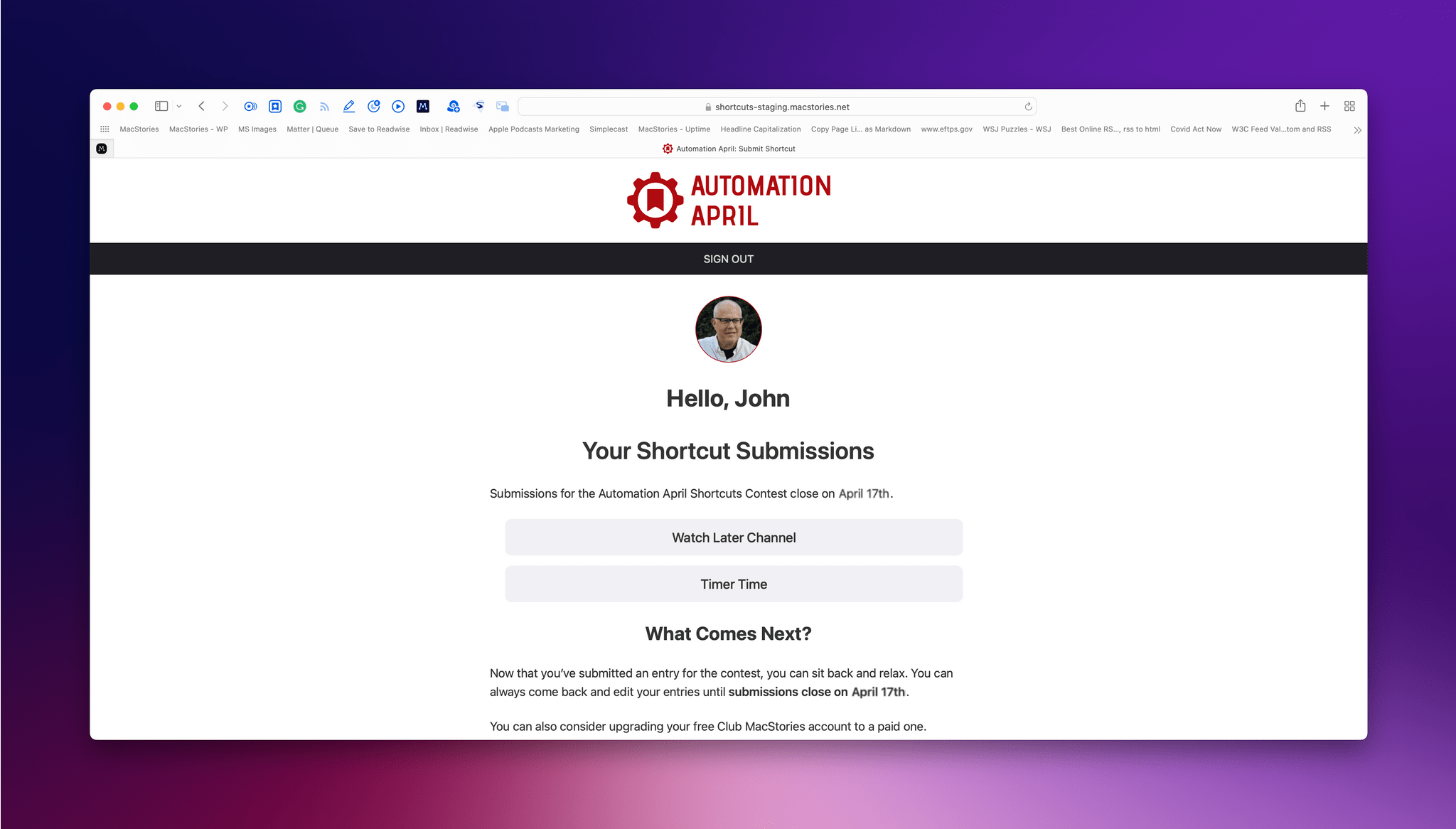
Successful content marketing is a powerful tool that can help brands reach their goals, improve brand awareness, and drive revenue. For your content strategy to be successful, it must focus on the target audience. It should also use various techniques in order to ensure that you deliver the correct messages as effectively as possible.
You need to know your business goals and objectives before you start creating content. It will help you determine which content types are best for your audience. Which ones are likely to have a higher return on investment? And how to measure the success.
Keywords - How to Select Them
The most important aspect of any successful campaign in content marketing is selecting your keywords carefully. Your keyword choice will impact the amount of traffic that you receive to your website. It can also have an important role in determining how high your search engine rankings are. You should monitor and research keywords on a regular basis to find the best ones for your content.

It's crucial that your keywords are targeted at a specific audience. They should also be optimized using the latest best practices. The more you can target your keywords, then the higher up in search engines you'll be for that term.
Create High-Quality Content
The key to generating a successful content marketing strategy is developing quality content that your audience will love. It can be in the form of long-form article, videos or infographics. You can gain an audience by consistently producing valuable and thought-provoking content. Your target audience will appreciate it and trust you.
It can take time to create high-quality content, but this effort is worth it. It helps to establish your company's reputation as an industry leader and can increase exposure and authority.
It's a great opportunity to build links that will boost your website's SEO and make it more visible in search engines. Content should be well-written and unique, tailored to the interests and needs of your audience.

Make your content unique by including sources like other blogs or social media posts. This will make your content more relevant, and allow you to have your audience share it.
Establish a Content Schedule
Consistency is key to a successful content marketing strategy. This can be difficult to achieve when you are producing a variety of different content. It's crucial to have a schedule of content that details what you will be publishing on your blog, website and social media.
It's important to update your content regularly, whether you're an expert or a novice. This will help make your content unique, increase traffic from organic searches, and attract customers for years.
FAQ
Marketing automation is the future
Marketing automation is using technology and software to streamline, automate, monitor, and measure marketing tasks. This allows for the freeing up of manual resources to perform more complicated tasks such as analyzing customer behavior or creating personalized engagement campaigns. It allows marketers to save time, money, and energy by automating routine tasks such as segmentation. Testing and personalizing campaigns. Tracking website visits and behavior. Managing customer engagements across channels.
Marketing automation's future lies within its ability to simplify and better understand the customer journey. By tapping into richer data sources such as social media platforms or connected devices, marketers will be able to track customer journeys across channels in order to create personalized experiences that engage customers at every touch point. This will allow them develop highly targeted and agile strategies.
Artificial intelligence (AI), which is used to automate marketing decisions, will also help make campaigns more efficient. Marketers can now focus on more important tasks, such as answering FAQs or scheduling emails.
Finally, with an increased acceptance of marketing automation tools among smaller businesses along with advancements being made in predictive analytics technologies which help generate insights from data collected via marketing automation; it's safe to say that automated marketing will continue to rise in popularity as we approach 2021.
In conclusion, marketing automation is an invaluable tool that can help businesses succeed in today's competitive market. Businesses can cut down on time and increase customer satisfaction by investing in the right tools. By leveraging customer segmentation to ensure each campaign is targeted and personalized for the highest chance of success, as well as sending automated messages tailored for each customer segment, businesses can improve both response rates and customer satisfaction. Marketing automation will be more important as technology evolves to help businesses remain competitive and succeed in future.
What is WordPress marketing automation?
WordPress marketing automation is a tool that automates, streamlines, and effectively manages all communications and online content related to marketing. It includes email campaigns, social media posts and advertising. It enables the efficient execution of automated tasks that would be too tedious or time-consuming to do yourself.
This helps businesses not only save their time but also ensures consistent brand promotion every time they use multiple channels. Automating complex tasks like data analysis and segmentation makes it easier for marketers to focus on creating strategies that are based on precise insights, rather than manually going through large amounts of data.
WordPress marketing automation's core features include setting up powerful triggers for emails to be sent based on visitor activities and personalizing customer journeys with messages that meet the needs of existing and potential customers. To measure campaign effectiveness over time, detailed reports are provided on website activity and ROI performance.
Essentially, WordPress marketing automation allows businesses to automate mundane operations while improving their overall marketing performance by utilizing better resources available at their disposal--all while keeping costs low.
Which marketing automation software is best?
Trying to find marketing automation that works best for your organization can be difficult. There are many choices and it can be difficult to choose the best.
You need something that saves you time, money and hassle. Something you can trust. It should generate leads and improve customer retention.
It should be dependable, straightforward to use, and have great customer support in case there are any issues. It must be able to perform activities such as email marketing, segmentation by customer interest or behavior, multichannel nurturing of leads and insightful reporting.
The most important aspect is that you have clear visibility into customer journeys and can generate actionable insights to what customers are buying so that you can develop a strategy that suits their needs.
If you are looking for a marketing automation tool, make sure you look at user-friendly features and data-driven progress tracking throughout the customer lifecycle. Also, consider robust personalization capabilities.
What example is there of marketing automation?
Marketing automation is technology that allows businesses automate manual processes such as responding to customer emails, gathering data from your website and managing multiple digital marketing campaigns. It can automatically send out emails based on customer behavior and segment customers into different groups. You can even create new contacts by signing up for a newsletter. You can focus more on what matters, reaching out and interacting with your customers. Marketing automation will allow you to save time on tedious tasks. It not only makes managing multiple campaigns easier, but automating repetitive tasks also increases efficiency.
One example of marketing automation involves using an automated email program to nurture leads. This type of campaign involves sending a series of emails to prospects over a period of time. These emails can be customized to the individual and may include product information, case studies and discounts. Automated email marketing allows you to monitor customer behavior and customize your messages accordingly. You can also reach more customers with less time.
Another example of marketing automation is using social media automation. This involves scheduling posts and content across multiple social networks to reach a larger audience. Automation tools like Hootsuite or Buffer can help you manage your accounts, schedule posts in advance, and track the performance of your campaigns. Automation in social media can help you save time, allowing to publish content at the best times for maximum engagement. You can also reach more people with fewer clicks.
Finally, marketing automation can also be used to create personalized customer experiences. HubSpot, Pardot and other automation tools allow businesses to segment customers based upon their behavior and preferences. This allows businesses to personalize their messages and content, creating a personalized experience for each client. Automation also helps you track customer activity and engagement so that you can better understand their needs and preferences.
Marketing automation is an effective tool that can help businesses save money and increase efficiency. It can be used to automate manual tasks as well as nurture leads, manage social accounts, and create personalized customer experiences.
By leveraging marketing automation, businesses can gain a competitive edge in the market. Automation improves efficiency, reduces costs, and streamlines processes. Automation helps businesses reach more people in less time. It automates repetitive tasks and crosses-posts content across multiple platforms. It allows companies to personalize customer experiences by segmenting customers and tailoring messages accordingly. Marketing automation is a powerful tool which can save businesses time and increase efficiency.
How can I automate a WordPress post?
Automating a WordPress blog posting is publishing content automatically on your blog based upon a set schedule or events. This can be done by setting up an RSS feed or other automation services that provide you with automated content. You will also need to set triggers. This includes when the post should go live and who should be notified. You can set rules to optimize automatic publishing so that your content reaches the right audience at exactly the right time.
Jetpack or Blogger Tag Editor allow you to automate WordPress blog postings by giving you more control over the automated posts. You can also schedule posts and customize publishing dates & times, author details, categories and tags for each article before they are published. Additionally, some plugins can also integrate your blog into social media platforms, so when you push a new post live - it will be shared across your different channels.
Automating WordPress blogging takes careful setup. Website visitors who depend on regular news updates and subscription emails about topics they are interested in can benefit from timely data delivery from outside sources.
Publishing WordPress blogs can be automated to save time, resources and still produce quality content to keep their readers engaged. Automated blogging solutions can't guarantee success, but they can provide benefits such as increased efficiency and cost savings, as well as higher customer engagement rates when used properly.
WordPress marketing automation can be used to automate many aspects of digital marketing. Automating tools can be used for managing email campaigns, social media posts and other online activities. With customized messages for each recipient, automate emails can be sent regularly. Automated social media posts can be scheduled in advance and posted at the optimal time for maximum engagement. Automated analytics is a great tool for marketers to monitor the performance of campaigns and make data-driven business decisions. Automating mundane tasks helps businesses save time and allows them to spend more on creative activities.
Personalizing customer experiences can be achieved by marketing automation. Automated tools allow businesses to understand customers' preferences and interests, which allows them to create content and offers that resonate more with their target audience. Personalized messages can also be sent through automated emails based in part on the customer's browsing and past purchases. Automated social media posts can also be customized for specific audiences. Automated analytics allows businesses to track campaign performance and make data driven decisions.
In conclusion, marketing automation is an invaluable tool for businesses looking to streamline their digital marketing efforts. Automation tools allow you to easily manage your email campaigns, social posts, and other online activities. Automation allows businesses to save time by automating tedious tasks and frees up resources for creative activities. Automation can be used to personalize customer experience, allowing businesses the ability to create content and offers more relevant to their target audience.
Statistics
- The stats speak for themselves: Marketing automation technology is expected to show a 14% compounded annual growth rate (CAGR) over the next five years. (marketo.com)
- Even if your database is currently filled with quality leads, how effective will your marketing automation be when you've either converted all those leads into customers or when your database begins decaying by ~22.5%/year? (hubspot.com)
- Automator can probably replace 15% or more of your existing plugins. (automatorplugin.com)
- Companies that implement this kind of lead scoring enjoy 28% better sales productivity and 33% higher revenue growth than companies without lead scoring (MarTech Alliance). (marketo.com)
- The highest growth for “through-channel marketing automation” platforms will reach 25% annually, with “lead-to-revenue automation” platforms at 19.4%. (marketo.com)
External Links
How To
How do I use automation in my content marketing?
Automated personalized is a process that uses data-driven insight and automated technology in order to tailor content for different personas. This allows you to tailor your marketing campaigns based on how each individual interacts. Automation can increase the relevancy and effectiveness of your message via segmentation targeting, optimization strategies, and targeting.
If you can tailor your content to specific audiences' needs and preferences, your brand will be more successful in engaging them. Automating tasks also allows you to focus on more important tasks such as creating high-quality content and strategizing how to reach the desired audience.
Segmentation is how personalization gets off the ground: breaking down your audience into smaller chunks so you can target them more accurately. Segmentation can be automated by analyzing past campaigns and generating segments based on language, interest, demographics, purchase history, and so forth. From there, you can craft messages designed for each group; allowing for a more tailored approach than simply blasting one message across the entire platform.
Targeting works together with segmentation. Now it's time get the messaging right. By landing relevant offers or ads at the perfect times, you can target your audience. This could include targeting pages or channels within an email marketing campaign, or placing banners on micro-targeted areas. Leveraging data intelligence allows for new ways to reach potential leads beyond the traditional methods such as cold calling and direct mail.
Optimization is finally here - this allows marketers the ability to make minor tweaks to ongoing campaigns in order for better results as conditions change. Customer's actions also allow them to personalize their messages. Businesses now have powerful tools to ensure customers receive customized messages. This includes analyzing past campaigns and making real-time adjustments.
Automated personalization streamlines content marketing efforts. It allows brands to quickly segment audiences and optimize engagement with real-time data analytics adjustments.